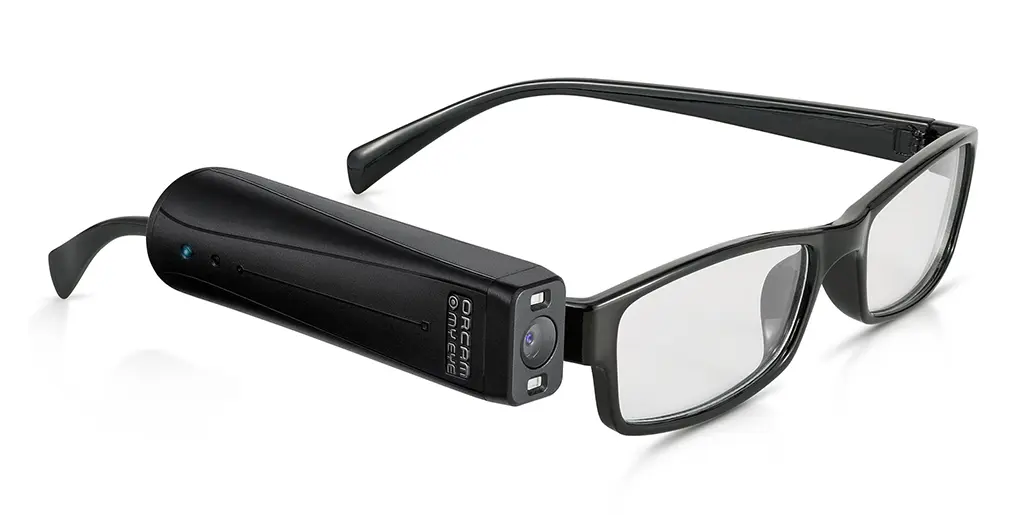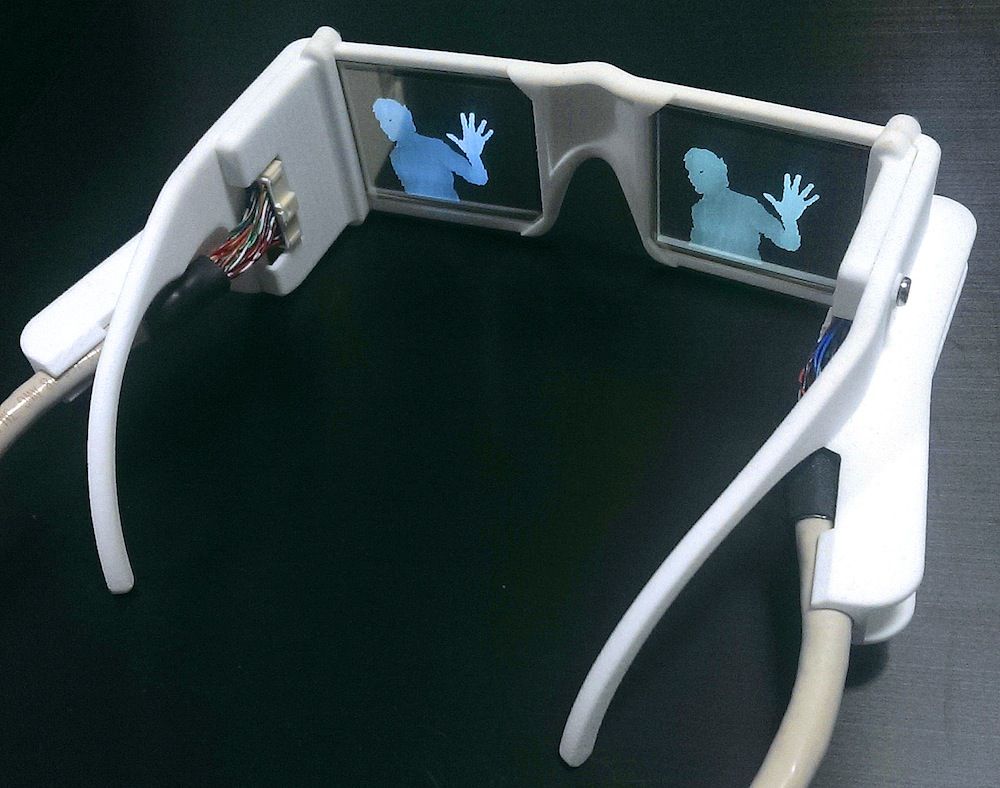Voice-Activated Assistive Devices: Empowering the Visually Impaired Through Innovation
Voice-Activated Assistive Devices: Empowering the Visually Impaired Through Innovation
Blog Article
Empowering Self-reliance With Assistive Technology for the Blind
The combination of assistive modern technology for individuals that are blind or visually damaged stands for a considerable development in fostering independence and improving top quality of life. With a series of gadgets-- from screen viewers to innovative tactile tools-- these innovations not just facilitate navigating and interaction however likewise advertise social addition and engagement in numerous facets of life. As we check out the diverse kinds of assistive tools and their real-world applications, it ends up being clear that the effect is extensive. The advancement of this modern technology elevates important concerns concerning ease of access and future advancements that warrant additional examination.
Recognizing Assistive Innovation
Although assistive technology has advanced dramatically for many years, its fundamental purpose continues to be the exact same: to enhance the high quality of life for people with disabilities, particularly those who are blind or aesthetically damaged. This modern technology encompasses a wide variety of devices and devices that facilitate independence and capability in daily tasks.
Assistive technology can be classified into low-tech and state-of-the-art services, each developed to satisfy certain requirements. Modern tools often consist of software program applications, specialized equipment, and flexible devices that make use of innovative technology to give assistance in various contexts. Alternatively, low-tech solutions may include day-to-day things that are customized to enhance access, such as magnifiers or tactile pens.
The integration of assistive modern technology right into the lives of people that are blind or aesthetically hindered not just advertises autonomy but likewise cultivates social addition and involvement in professional and educational settings. By leveraging these technologies, users can browse their surroundings, access information, and connect properly, therefore improving their total high quality of life. Understanding assistive innovation is crucial for specialists, caretakers, and advocates that intend to support people in maximizing their potential and accomplishing better freedom.
Kinds of Assistive Devices
Assistive gadgets for the blind and aesthetically impaired are necessary tools that enhance daily living by attending to certain challenges run into by users. These gadgets can be broadly categorized right into three primary kinds: optical gadgets, electronic tools, and sensory gadgets.

Sensory devices, such as Braille screens and responsive maps, provide alternate ways to obtain information. Braille displays transform electronic text right into Braille, enabling customers to read with touch. Tactile maps use spatial understanding through elevated structures and lines, enabling for far better environmental recognition.
Together, these assistive gadgets equip individuals with visual problems to involve more fully with their surroundings, advertising higher independence and confidence in daily activities.

Effect On Day-to-day Live
The integration of assistive modern technology into the day-to-days live of individuals who are aesthetically damaged or blind considerably improves their capability to engage and browse with the globe around them. Devices such as display viewers, Braille displays, and mobile applications facilitate access to info, enabling customers to involve with electronic content, interact efficiently, and manage everyday tasks independently.
Moreover, innovations like smart glasses and navigating applications give real-time help in unknown atmospheres, improving wheelchair and self-confidence. These tools make it possible for individuals to identify barriers, reviewed indicators, and even recognize faces, hence fostering a sense of autonomy in public areas. In addition, home automation systems, which can be controlled via voice commands, permit individuals to handle their living atmospheres much more efficiently, enhancing convenience and security.
The effect of assistive modern technology expands past functional tasks; it promotes social addition and emotional well-being. By connecting the gap between individuals and their environments, these technologies equip users to take part fully in neighborhood activities, seek educational chances, and take part in purposeful relationships. Eventually, the improvement of assistive innovation is instrumental in redefining the possibilities for individuals that are blind or aesthetically visit site damaged, causing an extra available and inclusive society.
Success Stories and Reviews

An additional effective testimony comes from Mark, a current university graduate that made use of screen analysis software program throughout his scholastic journey. This innovation allowed him to gain access to training course materials and join conversations, inevitably causing his effective change into the workforce. Mark credit scores assistive technology for empowering him to attain his occupation goals, stressing its function in leveling the having fun field for people with aesthetic impairments.
Additionally, recreation center have reported increased engagement in their programs thanks to the introduction of accessible electronic systems. These systems have made it much easier for individuals to connect, share resources, and assistance one another. These success stories collectively emphasize the profound result of assistive technology in promoting freedom, improving lifestyle, and breaking down obstacles for the blind and aesthetically damaged area.
Future Trends in Assistive Technology
Emerging technologies are poised to reinvent the landscape of assistive technology for people who are blind or aesthetically damaged. Technologies in fabricated knowledge (AI) and artificial intelligence are improving the capacities of devices, allowing even more user-friendly customer experiences. As an example, AI-driven applications are significantly able to acknowledge items and review text aloud in real-time, providing individuals with important details regarding their environments.
Furthermore, advancements in wearable technology are creating new possibilities for freedom. Smart glasses equipped with increased fact attributes can overlay essential info onto the individual's field of view, promoting navigation and communication with the environment. The integration of Net of Things (IoT) devices is streamlining ease of access in wise homes, enabling users to regulate home appliances and get alerts through voice commands or tactile user interfaces.
The growth of braille display screens and responsive comments systems is also on the surge, advertising access to digital material and enhancing interaction. As these modern technologies remain to develop, they guarantee to boost day-to-day living, academic opportunities, and work leads for people with aesthetic disabilities. Continuous partnership in between technologists, individuals, and campaigning for groups will certainly be crucial in ensuring these technologies satisfy the requirements of the area effectively.
Verdict
To conclude, assistive innovation plays a pivotal role in improving the independence of people that are visually damaged or blind. By giving essential tools and resources, these technologies assist in improved communication, access, and navigation to information, thus cultivating autonomy and positive self-image. The transformative impact of assistive gadgets not only advertises effective interaction with the environment however likewise urges page social inclusion and involvement in different aspects of life, inevitably empowering customers to grow within their communities.
The assimilation of assistive innovation for people that are blind or aesthetically impaired represents a substantial development in promoting freedom and improving high quality of life.The assimilation of assistive modern technology into the lives of people that are blind or aesthetically impaired not just promotes autonomy but likewise promotes social inclusion and participation in expert and academic atmospheres. Ultimately, the innovation of assistive innovation is crucial in redefining the opportunities for people that are blind or aesthetically damaged, leading to a more click over here now inclusive and obtainable culture.
Many individuals that are aesthetically impaired or blind have shared motivating success stories that highlight the transformative impact of assistive modern technology on their lives.In conclusion, assistive technology plays an essential role in enhancing the freedom of individuals that are visually damaged or blind.
Report this page